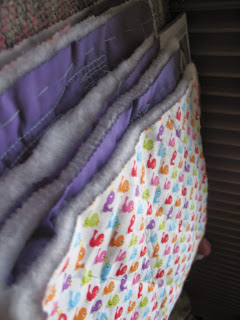I’m writing a
series of blog posts exploring the books “How to be Free” and “The Idle Parent”
written by Tom Hodgkinson. I enjoyed a
lot of the ideas expressed in these books, and think that exploring them
further will help me to explore the principles behind my own way of living and
parenting.
Chapter 27 – Depose the tyrant wealth – WANT
LESS
Having plenty of
money offers the promise of freedom.
Freedom to do what you want, not to have to work, buy what you like,
live where you want etc. etc. In reality
how many people have this much money?
Only a very small percentage of us have so much money that we can live
with freedom, and even then there are disadvantages… the more money you have
the more ways there are to spend it, on more expensive cars, a bigger house
requiring more maintenance, charitable institutions, the health club, the golf
club, private schools and all the trappings of a wealthy lifestyle. The money soon disappears. In the meantime the rest of us continue
working towards this aspiration “to be rich”, in the meantime sacrificing the
freedom which we strive for.
Would it not be
better to try to alter our lifestyle so that we want less? Get rid of some of our stuff and rather than
buying the biggest house that we can afford, buy a small one that’s “big enough”. Just because you can afford two cars (can
you?) doesn’t mean that you need two cars (or even one). Be thrifty, reduce your need for and
dependency on money, and you will have more freedom to work less, do what you
want etc.
How does this match up to the
ink-spots-and-grass-stains life?
It’s worth
acknowledging here that Tom isn’t talking about real poverty. There are people out there who haven’t got
enough to feed their family for the week, who don’t spend on “extras”, who work
hard and still can’t make ends meet.
Because we live in a time at the moment where the cost of food and fuel
and generally living has increased far more than earnings. It’s nice to think that we can all reduce our
wants, our needs and our spending, but not everybody can.
We can.
We don’t seem to
spend nearly as much as others on nights out for example (what are those?), on
holidays, on make-up and cosmetics, on home entertainment, on childcare and
education. But we do spend more than we
need to. We live in a nice big house in
a lovely area. We have technology, more
than one car, toys and books etc. We
could definitely reduce our outgoings so that we need less money. The less money that we spend on a monthly
basis, the less we’ll feel the need to work, and the more likely we are to take
the leap to the big dream…







































